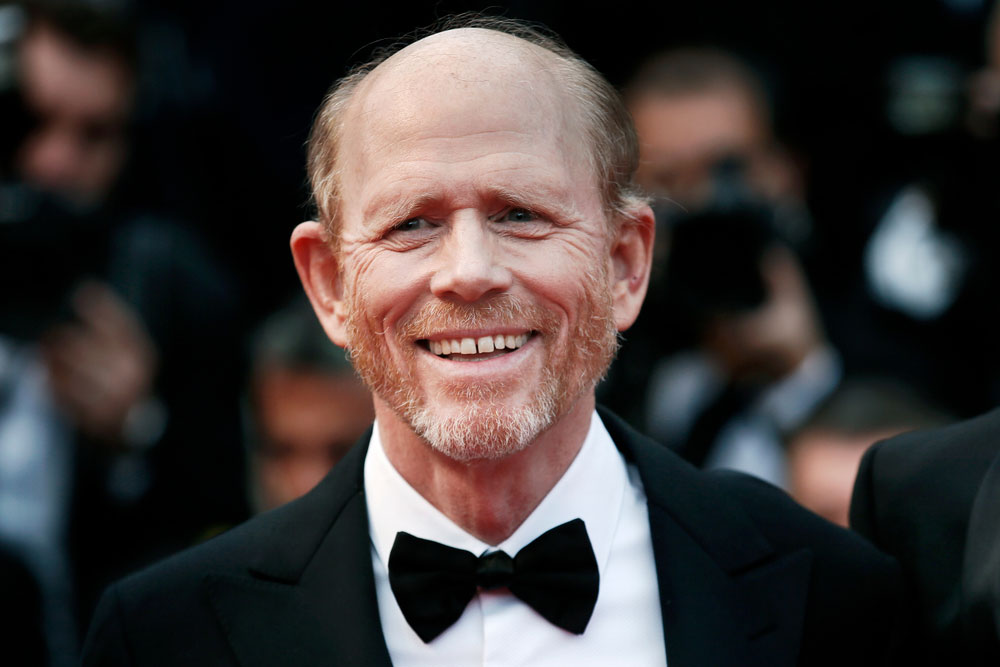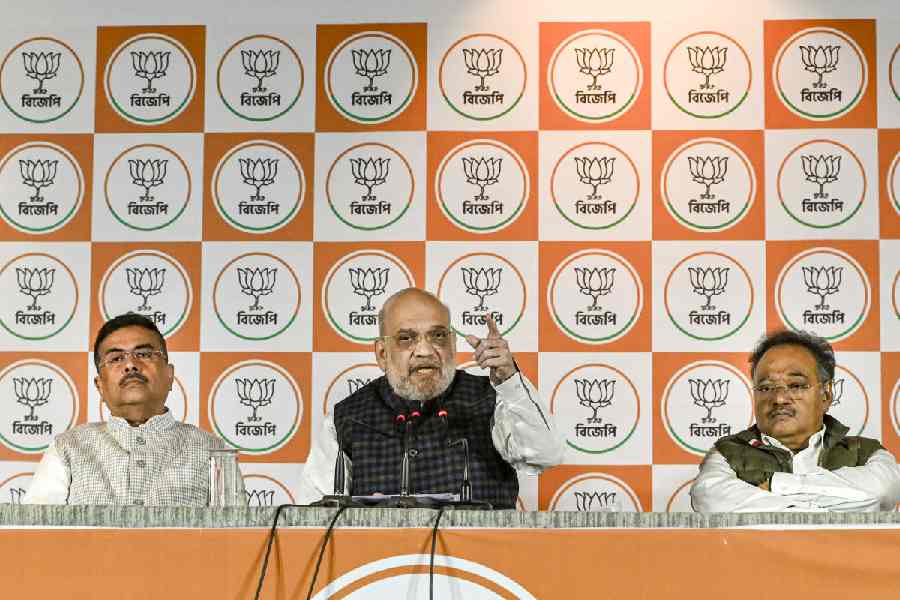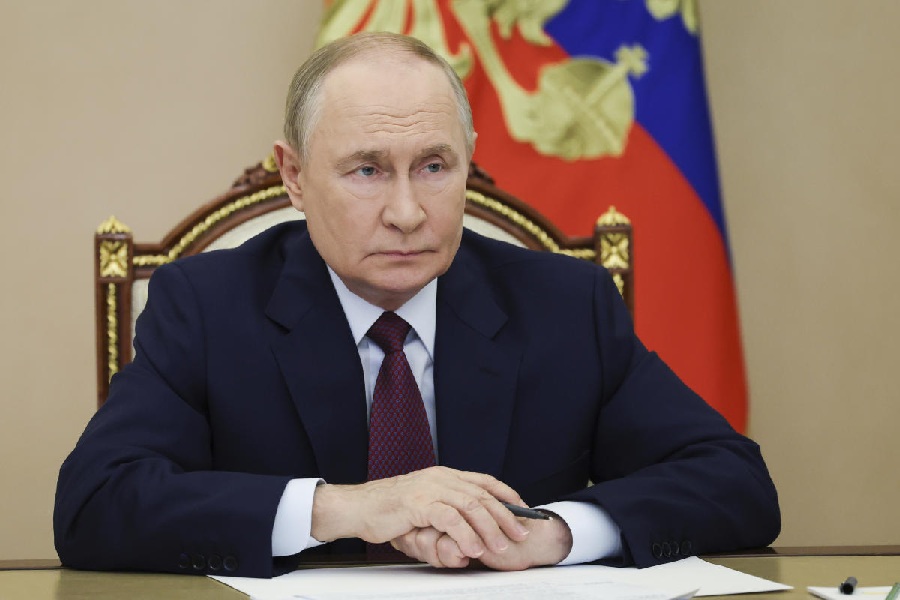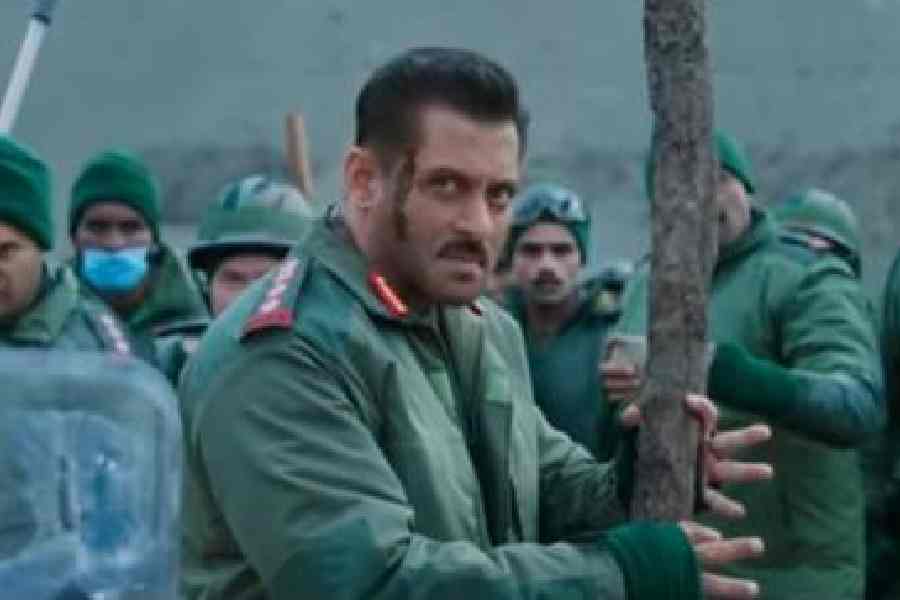Bette Davis patted him on the butt when she decided he was a good director. Henry Fonda gave him his first books on film theory. Lee Marvin got drunk and told him stories about John Ford’s sadistic side. Vincente Minnelli taught him to be a stickler for detail. Roger Corman advised him to pursue his own creative point of view in movies, but never forget the crowd pleasers like car crashes and naked women. Andy Griffith showed him, when he was just a young ’un, how to have fun while working hard. And Yul Brynner explained that when you take a shot of vodka and bite the glass, it had better be a prop glass made of sugar.
Ron Howard grew up in Hollywood working with the giants of the entertainment industry, and it gave him a fine appreciation for giants. That is why, even though he’s more of a sports fan than an opera aficionado, he decided to make a documentary about opera’s Sultan of Swat: Luciano Pavarotti, the King of High Cs, a man of gargantuan talent and appetite, swathed in women and Hermes scarves, who died in 2007 and is perhaps inadequately immortalised on iTunes and YouTube.
“Seeing Michael Jordan take off at the free-throw line and slam dunk was mind-blowing,” Howard said. “In the same way, it’s hard to imagine that human beings can hit these notes.”
Larger than life
Over lunch at Patsy’s Italian restaurant in Midtown Manhattan, the 65-year-old actor-director said he was fortunate with the quality of the archival footage he and the other filmmakers got. Those included a video clip of Pavarotti’s early triumph as Rodolfo in La Boheme” in Reggio Emilia, Italy, in 1961, with the audience gasping, and interviews with the singer’s first wife, Adua, his three older daughters and two of his “secretaries,” as the long-term loves who were part of Pavarotti’s entourage were known.
“Opera’s Golden Tenor,” as Time called Pavarotti in a 1979 cover story, was a volcanic life force whose voice could give you goose bumps and make your ears ring. His range of Bs, Cs and Ds, with a romantic, gleaming timbre, was “one of those freaks of nature” that came along only once in a century, as one conductor told Time.
The singer explained that his famous connection with the audience came from imagining his voice travelling along a separate thread to each member of the audience, with their applause sending back oxygen.
Pavarotti never learned to read music, relying on his own primitive sign system of arrows and other indicators that he would write into his scores.
He wasn’t a tormented artiste. The rotund Italian tenor was joyous and generous, raising money for children in war-torn places including Bosnia and Kosovo, bringing opera to the people and travelling with his own prosciutto slicer, pots, pans and kilos of tortellini and cheese.
The Met kept a buffet in the wings so he could snack between arias. His abrasive former manager, Herbert Breslin, wrote in The King and I, his dishy memoir written with Anne Midgette, that Pavarotti — whose weight swung between 240 and 350 pounds — had to have gained and lost about 5,000 pounds during their years together.
Pavarotti’s first wife, Adua, says in the film that her former husband could be a diva: “He got used to having everything. If he had asked for chicken’s milk, they would have probably milked a chicken.”
Passed on Star Wars
Howard himself cannot sing, even though at age seven he played the redheaded Winthrop Paroo in the movie version of The Music Man. “They put up with the fact that I could barely carry a tune,” he said. “I got the lisp down, my dad taught me the lisp, but the singing was always problematic.”
Despite his own pitchiness, Howard steeped himself in Pavarotti’s work and came up with a novel structure: to use the arias to fashion an opera about the tenor himself, with original remastered tracks at Abbey Road, the famous recording studio in London.
“We drew from 22 different operas, maybe 90 pieces of music,” the director said. “A Vucchella, about a woman being like a little flower, for when he rediscovered love. Pagliacci, the clown, when he was struggling to perform. Tosca, when he knows he’s coming to the end.”
The film shows the opera star’s superstitious side. He kept a bent nail found in backstage scenery (or planted there by his assistants) in his pocket for luck. Breslin revealed that Pavarotti had two other superstitions: He banned the colour purple and was skittish about the number 17, preferring to spend the 17th of any month in bed.
“I used to have a lucky hat,” Howard recalled about a plaid newsboy cap a mentor gave him. But after he lost it, he stuck with one good luck charm: “My wife”— Cheryl, a writer — “has been in everything I’ve ever done that’s not a documentary.”
If there was a phrenology skull mapping the cultural touchstones for baby boomers, Howard would be all over it, with The Andy Griffith Show, The Twilight Zone, The Waltons, Dennis the Menace, Gunsmoke, Gomer Pyle, I Spy and Happy Days.
He might have been an even greater part of the cultural landscape if he had been more excited when George Lucas, who directed him in the 1973 classic American Graffiti, told him about his next idea.
“George tried to explain it as a kind of Flash Gordon movie but with better special effects,” Howard said. “And I thought it sounded like a pretty terrible idea. Sci-fi was really a B-minus genre. I liked Planet of the Apes all right but I couldn’t possibly imagine what he was trying to do.”
By the time he realised Star Wars was a hot project, he couldn’t even get an audition.
How did he never rebel?
“You know, my version of rebellion, as I think about it, was this,” Howard said. “Early on, I could see what people’s expectations for my behaviour would be and I did not want to fulfil their cliche sense of what a kid actor or a teen actor would be. And also, I’m an introvert.
“Kids would taunt me. Burbank is a working-class town. I got bullied and stuff in school because I was Dopey Opie. I went to public school when I wasn’t doing the show. And it was pretty tough. I became very good at wrestling.”
Brian Grazer, who has what he calls “the longest partnership in Hollywood history” with Howard, met him in 1979 and later formed Imagine. In 1982, they produced the movie Night Shift with Henry Winkler and Michael Keaton about a proper, introverted guy who teams up with a jangly, extroverted guy. It echoes their own odd-couple relationship. Grazer soon discovered Howard’s stubborn streak. He would beg Howard to talk at meetings with studio chiefs to no avail. But Howard had “a sixth sense,” Grazer said, about “what was transpiring” in a deal and who was “a scumbag”.
Grazer said that going full-bore into documentaries makes perfect sense for Imagine given that many of their company’s critical successes — Apollo 13, Frost/Nixon, 8 Mile, Friday Night Lights, A Beautiful Mind and Rush — were true stories or inspired by true stories.
When Howard directed Apollo 13, he said that there was only one negative card written by an audience member after a test screening.
Taking the camera to Paradise
Howard has already directed two music documentaries. The first, Made in America, about Jay-Z’s festival in 2012 in Philadelphia, he agreed to do on a whim because his family was out of town. Then he made The Beatles: Eight Days a Week in 2016.
“I was talking to Paul,” the director recalled, “and he said, ‘Look, I know you have final cut. The only thing is, so much has been made about the difficulties that we had later and they still resonate with me. But it’s only been in the last couple of years that, when I see a photograph of John and I, I just think, man, we were a great team. And we were great friends.’”
He is also working on a documentary about the aftermath of the wildfire that consumed Paradise, California.
“My mother-in-law used to live in Paradise and I have a lot of relatives and in-laws in Redding, California, nearby,” he said. “And suddenly there was this fire that wiped out a town. It’s a survival story. Will the town make it? Will the individuals within the town choose to keep the community together? What does that kind of devastation really feel like?”
Sara Bernstein, an executive vice-president in Imagine’s new documentary unit, said that she and Howard went to film in Paradise soon after the fire.
“People were walking through the rubble of their burned-down homes, their lives destroyed, and yet they were so excited to see Ron Howard in their town,” she said. “They would shout out, ‘Hi, Opie!’ and then pour their hearts out to him on camera. And it really hit me that for the people of Paradise, who have lost every tangible memory of their life, Ron represents a living memory to them. They were not just talking to a world-famous director, but they were opening up to an old friend. And that’s the magic of Ron Howard.”










